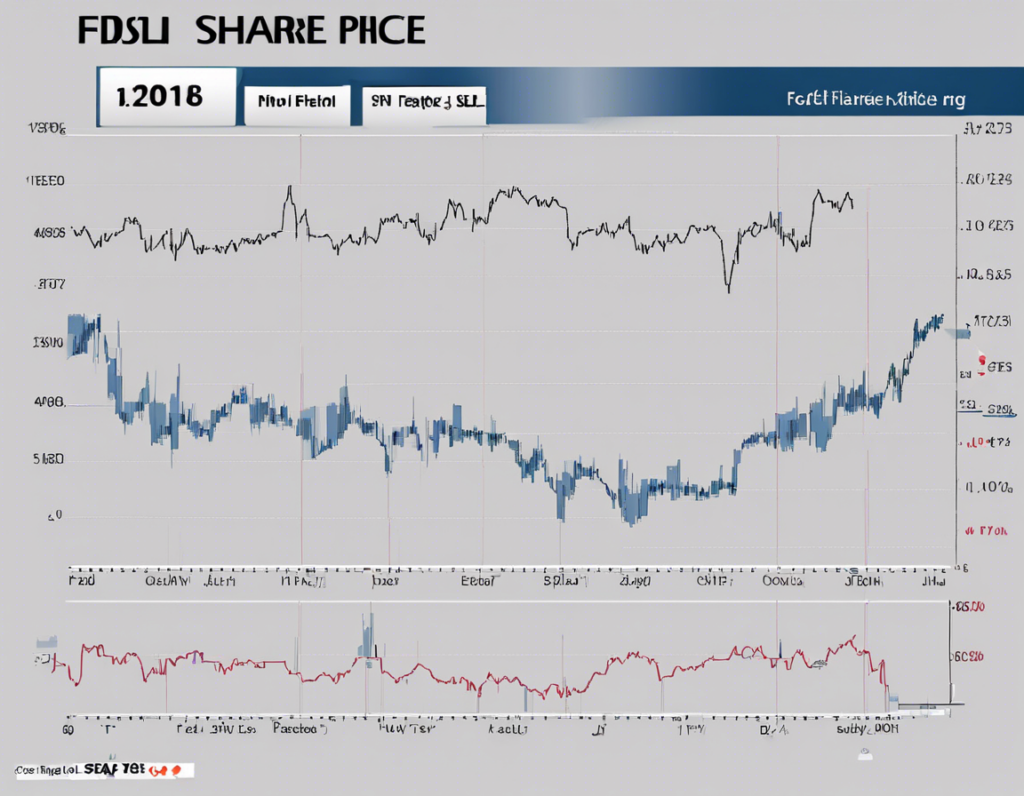Investing in the stock market can be a daunting task, especially for beginners. The share price trends of a particular stock play a crucial role in making informed investment decisions. FSL, or Free Stock List, is a fictional company used as an example throughout this article to illustrate various concepts related to analyzing share price trends.
Understanding Share Price Trends
What Are Share Price Trends?
Share price trends refer to the movement of a stock’s price over a certain period. By analyzing these trends, investors can gain insights into the performance of a stock and make predictions about its future price movements.
Factors Influencing Share Price Trends
Several factors can influence share price trends, including market conditions, company performance, industry trends, economic indicators, and investor sentiment.
Importance of Analyzing Share Price Trends
Analyzing share price trends is essential for investors to make informed decisions about buying, selling, or holding stocks. It helps investors understand the potential risks and rewards associated with a particular investment.
Tools for Analyzing Share Price Trends
Technical Analysis
Technical analysis involves studying past market data, primarily price and volume, to predict future price movements. It utilizes charts and technical indicators to identify trends and patterns in stock prices.
Fundamental Analysis
Fundamental analysis focuses on analyzing a company’s financial statements, market position, and economic indicators to determine its intrinsic value. It helps investors assess the long-term viability and growth potential of a stock.
Sentiment Analysis
Sentiment analysis involves gauging market sentiment and investor emotions to predict stock price movements. It includes analyzing social media, news articles, and market reports to understand the prevailing sentiment towards a stock.
Analyzing FSL Share Price Trends
Historical Price Analysis
By analyzing FSL’s historical share price trends, investors can identify patterns and trends that may help predict future price movements. Studying key price levels and support/resistance zones can provide valuable insights.
Moving Averages
Moving averages are widely used in technical analysis to smooth out price data and identify trends over a specific period. The crossover of short-term and long-term moving averages can signal potential buy or sell opportunities for investors.
Relative Strength Index (RSI)
The Relative Strength Index is a momentum oscillator that measures the speed and change of price movements. An RSI above 70 indicates overbought conditions, while an RSI below 30 suggests oversold conditions.
Volume Analysis
Analyzing FSL’s trading volume can provide valuable insights into the strength and validity of a price trend. High trading volumes during price movements indicate strong investor interest and conviction.
Interpreting Share Price Trends
Bullish Trends
Bullish trends are characterized by rising stock prices and investor optimism. Investors may look for buying opportunities during bullish trends, expecting prices to continue rising.
Bearish Trends
Bearish trends are marked by falling stock prices and investor pessimism. Investors may consider selling or shorting stocks during bearish trends, anticipating further price declines.
Sideways Trends
Sideways trends, also known as consolidation, occur when a stock’s price moves within a narrow range. Investors may choose to remain neutral or adopt range-bound trading strategies during sideways trends.
Tips for Analyzing Share Price Trends
- Diversify Your Analysis: Use a combination of technical, fundamental, and sentiment analysis to gain a comprehensive view of share price trends.
- Stay Informed: Keep abreast of market news, company announcements, and economic indicators that may impact share prices.
- Set Realistic Expectations: Understand that share price trends are not always predictable, and past performance is not indicative of future results.
- Use Stop-Loss Orders: Implement stop-loss orders to limit potential losses in case share price trends move against your predictions.
Frequently Asked Questions (FAQs)
1. What are the main types of share price trends?
- The main types of share price trends include bullish trends, bearish trends, and sideways trends.
2. How can I analyze share price trends effectively?
- Effective analysis involves utilizing tools like technical analysis, fundamental analysis, and sentiment analysis to understand market dynamics.
3. How do moving averages help in analyzing share price trends?
- Moving averages smooth out price data and identify trends, helping investors spot potential buy or sell signals.
4. What should I consider when interpreting share price trends?
- Consider factors like market conditions, company performance, investor sentiment, and economic indicators when interpreting share price trends.
5. Why is it important to diversify analysis when analyzing share price trends?
- Diversifying analysis helps investors gain a well-rounded perspective and reduce reliance on a single method, enhancing decision-making capabilities.
Investing in the stock market requires diligent research and a sound understanding of share price trends. By leveraging various analytical tools and staying informed about market dynamics, investors can make informed decisions and navigate the complexities of the stock market effectively.
